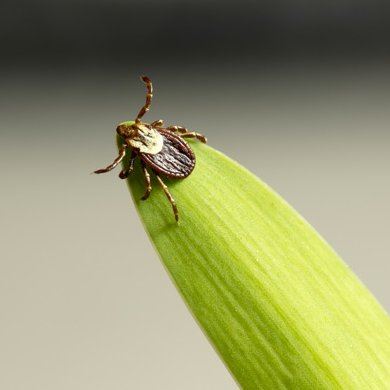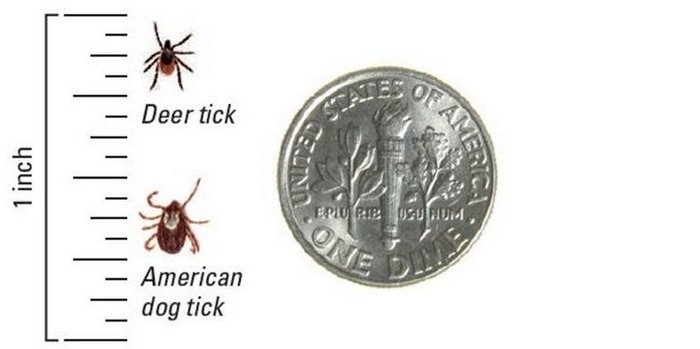Tick Guide: Timely Topic for Spring and Summer

Warmer weather and rain create conditions for ticks to thrive. Know how to take precautions against ticks for you and your pets with the following advice from the Metroparks staff. Prime time for ticks in Ohio is April through September.
HOW TO PROTECT YOURSELF
Whenever possible, stay on the trails and encourage visitors and pets to stay on trails also. Wear light colored clothes and socks. Tuck your pant legs into socks and/or duct tape your pant leg.
Using a repellent with DEET (on skin and clothing) or permethrin (on clothing and gear) is added protection.
Perform Daily Tick Checks
Check for ticks after being outdoors, even in your own yard. Search your entire body. Check your clothing and pets for ticks that may be carried into the house.
TickSmart Tip: Dry Clothes First - Then Wash
Most ticks are very sensitive to dryness. The very first action to take after working in the yard is to strip clothing off and throw it in the dryer. Leave clothes in the dryer on high for 10 minutes for a gas dryer, 15 minutes for an electric dryer.
HOW TO REMOVE A TICK FROM SKIN
The way to remove an engorged tick is to grab as close to the head as possible. Gently, but securely, pull straight out with fine-tipped tweezers.
TICK-RELATED ILLNESS:
COMMON SYMPTOMS
- Fever/Chills: With all tickborne diseases, patients can experience fever at varying
- degrees and times of onset.
- Aches and pains: Tickborne disease symptoms include headache, fatigue, and muscle aches.
- Rash: Rocky Mountain spotted fever and other diseases can result in distinctive rashes. (Note: Only deer ticks carry lyme disease.)
TICK FACT
Ticks Crawl Up: Ticks don’t jump, fly or drop from trees onto your head and back. If you find one attached there, it most likely latched onto your foot or leg and crawled up over your entire body.
LIFE CYCLE OF AMERICAN DOG TICK
Adult males and females are active April early August and are mostly found in tall grass and low lying brush and twigs. They feed on medium-sized wildlife hosts, dogs, and humans.
American dog ticks are found predominantly in areas with little or no tree cover, such as grassy fields and scrubland, as well as along walkways and trails. They can survive for up to 2 years at any given stage if no host is found.
Nymphs are active May-July and feed on small and mid-size animals. They rarely attach to humans. Once engorged, nymphs detach from their host, falling into the grass/meadow thatch and leaf litter where they molt into adults.
Larvae are active late April-September and can be found looking for a host such as voles and mice in the leaf litter. After blood feeding for 3 to 4 days, larvae detach from their host, falling into the grass/meadow thatch and leaf litter where they molt into nymphs.

Graphic: By far the most common tick found in northwest Ohio is the American dog tick (see life cycle). The much smaller deer tick is uncommon.